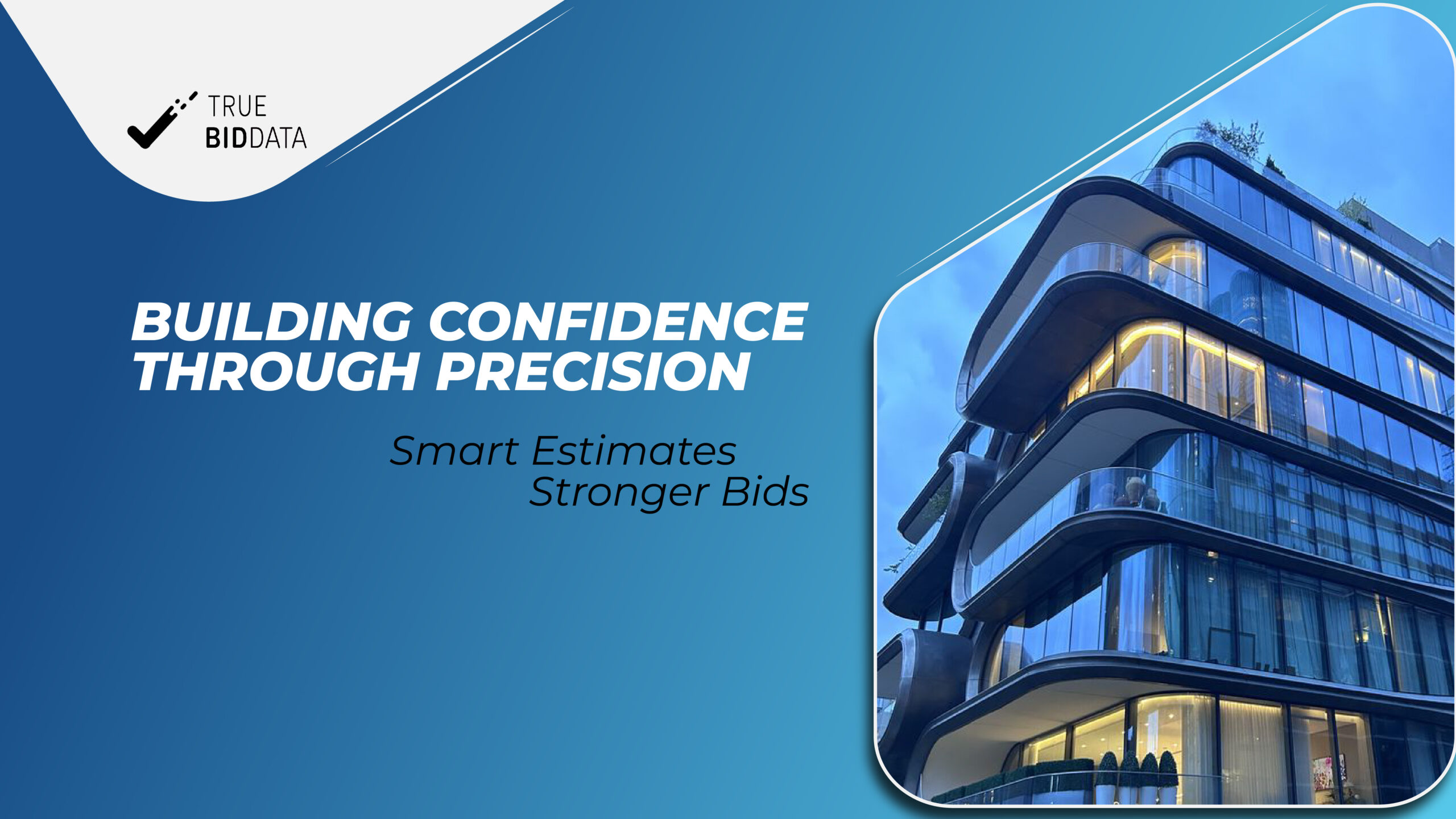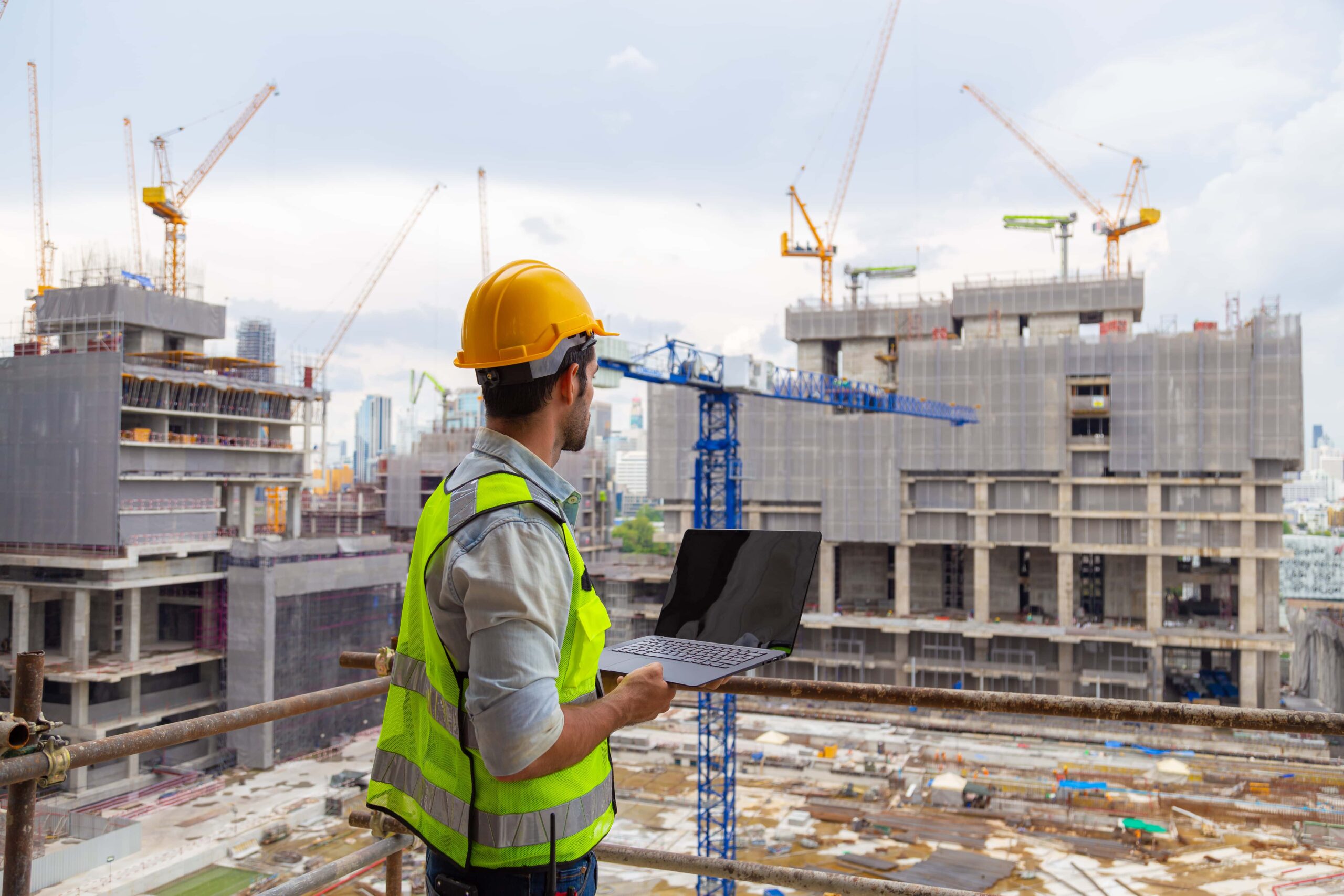
In New York City, where construction projects are often large-scale, high-budget, and time-sensitive, the cost estimation construction process has shifted from traditional methods to more advanced, data-driven strategies. With fluctuating material prices, labor market shifts, and complex regulatory environments, relying solely on outdated estimation techniques can lead to budget overruns, delays, and lost opportunities.
At True Bid Data, the integration of data analytics into cost estimation not only improves accuracy but also helps construction companies forecast, optimize, and manage costs more effectively throughout the project lifecycle.
The Role of Data Analytics in Accurate Construction Cost Estimation
Historically, cost estimation construction relied heavily on spreadsheets, manual calculations, and historical cost data. These methods, while useful in a more stable market, are no longer sufficient in an environment as dynamic as New York City’s.
True Bid Data employs advanced data analytics to help construction firms gather, analyze, and interpret vast datasets from real-time pricing feeds, historical trends, and labor market fluctuations. With this data-driven approach, estimators can create more accurate budgets and adjust forecasts based on current market realities.
For example, by tracking material price trends and regional economic factors, True Bid Data can provide an up-to-the-minute view of how costs might change over the duration of a construction project. This means firms can make proactive decisions that reduce financial risk and help them stay on budget.
Predictive Modeling for Future Cost Scenarios
One of the most significant advancements in modern cost estimation construction is predictive modeling. Predictive models analyze past projects, current market data, and future trends to anticipate how external factors, such as inflation or supply chain disruptions, will impact construction costs.
For instance, a predictive model could forecast how an increase in global steel prices might affect the cost of materials in NYC. It could also take into account potential delays in delivery or changes in labor costs. By simulating multiple scenarios, construction managers can adjust project budgets accordingly and create more accurate forecasts.
This ability to predict cost fluctuations before they occur is especially valuable in New York City, where even slight changes in market conditions can have significant financial implications.
Integrating Digital Strategy for Seamless Cost Estimation
A robust digital strategy is essential for effective cost estimation construction. Rather than relying on isolated data sources and spreadsheets, a connected system allows all stakeholders—from estimators to project managers and contractors—to collaborate and make data-driven decisions in real time.
By integrating cost estimation software, project management tools, and procurement platforms into a centralized digital ecosystem, True Bid Data ensures that all cost data is accurate and up to date. This integration streamlines the estimation process and allows teams to quickly adapt to changes.
Additionally, cloud-based solutions make it easier for teams to collaborate on cost estimation construction from anywhere, ensuring transparency and reducing the likelihood of costly miscommunication.
The Power of Local and Geospatial Data in NYC Construction
In New York City, construction costs vary significantly across different boroughs due to local regulations, labor availability, and logistical challenges. Geospatial data provides essential insights into these location-based variables, helping firms create more accurate estimates for each specific project site.
For example, construction in Manhattan, with its dense urban environment, may incur higher costs due to limited material delivery access and increased transportation fees. On the other hand, projects in the Bronx or Queens may have fewer logistical constraints, but they could face longer permitting timelines.
By incorporating True Bid Data’s geospatial analysis into cost estimation models, construction professionals can gain a clearer understanding of how location impacts pricing, ensuring that estimates are more grounded in reality.
Transparency and Collaboration: Data-Driven Decision-Making
Data transparency is one of the greatest advantages of using analytics for cost estimation construction. When all stakeholders such as architects, contractors, investors, and suppliers have access to the same data, they can collaborate more effectively and make decisions based on a shared understanding of costs.
With True Bid Data’s interactive dashboards and visualization tools, construction professionals can not only track costs in real time but also understand the underlying assumptions behind those estimates. This clarity fosters trust, reduces the potential for misunderstandings, and leads to more efficient project management.
For example, if a cost overrun is predicted, stakeholders can quickly review the data to identify the cause whether it’s rising material costs, labor shortages, or unforeseen delays. This transparency helps all parties make informed decisions that keep projects on track and on budget.
Sustainability and Cost Estimation in Construction
Sustainability has become an increasingly important factor in NYC’s construction industry. As building codes and regulations evolve to prioritize energy efficiency and green practices, construction firms must also factor sustainability into their cost estimation processes.
True Bid Data helps integrate sustainability metrics into cost models by providing insights into the long-term financial benefits of energy-efficient systems, sustainable materials, and eco-friendly designs.
For example, while green building materials may have a higher upfront cost, predictive models can show how they will reduce long-term operational expenses through energy savings and maintenance cost reductions. This enables developers to make smarter financial decisions while aligning with New York’s environmental goals.
Artificial Intelligence and Automation in Cost Estimation
Artificial Intelligence (AI) and automation are transforming how construction companies approach cost estimation. AI algorithms can analyze vast datasets in real time, detect cost anomalies, and generate optimized budgets faster than human estimators.
True Bid Data’s AI-powered platform helps identify hidden cost patterns and inefficiencies that might otherwise go unnoticed, allowing firms to adjust their cost estimates accordingly. This automation also reduces the time spent on repetitive tasks, such as recalculating costs after changes in design or material choice, giving estimators more time to focus on strategy.
The Competitive Advantage of Data-Driven Cost Estimation
The ability to estimate costs accurately and efficiently is crucial to maintaining a competitive edge in New York City’s high-stakes construction market. By embracing data-driven cost estimation construction practices, firms can improve their accuracy, win more bids, and increase profitability.
Data analytics also provides a strategic advantage by offering deeper insights into market trends, labor availability, and material price fluctuations. This foresight allows firms to adjust bids and budgets proactively, ensuring they remain competitive even in a fluctuating market.
Conclusion: The Future of Construction Cost Estimation in NYC
In New York City, where construction projects are large, complex, and often face unique challenges, cost estimation construction is no longer a one-time calculation it’s a dynamic, ongoing process that requires constant adjustment and insight.
Through data analytics, predictive modeling, and digital integration, True Bid Data empowers construction firms to estimate costs with precision, respond quickly to changes, and make informed strategic decisions.
As NYC continues to grow and evolve, embracing data-driven construction estimation will be key to building smarter, more cost-effective projects.




